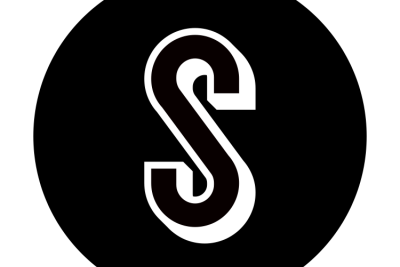In a world of information overload, magazines fill the void – The Spectator
The Reading Room, located at Seattle University‘s Lemieux Library and McGoldrick Learning Commons, houses a remarkable journal collection that is updated daily. They take up a large part of the walls and are a decoration in themselves.
Despite their prominent presentation, the magazines are rarely touched. They raise a crucial question: What role do print media play in our modern world of information overload? Platforms like Twitter and Instagram are dominating the way people process their messages as convenience and quantity satisfy people’s desire for the path of least resistance.
Michael Adams, a third-year photography and design student, is fascinated by the German word “Gesamtkunstwerk”. It means “a total work of art”. For Adams, magazines are total works of art.
Adams doesn’t see the print media realm dead just yet, and plans to use the fertile ground to curate a print magazine by teaming up with two fellow Seattle U students, Claire Needs and Emma Jaber.
“It’s called Needle Magazine. It’s an arts and entertainment magazine that will focus on Seattle culture, but will also fill the void of what really interests Seattle people, the global fashion scene, tattoo culture and smaller artists,” said Adams. “The thing that makes people want to read books instead of reading on their Kindle or Pick[ing] uploading a magazine and having it on the coffee table doesn’t work at all.”
For Adams, journals are an important and necessary way of engaging with art, presenting both art and information in an interdisciplinary manner while being novel in and of themselves.
Victor Evans, an assistant professor in the Department of Communications and Media at Seattle U, began his career at Entertainment Weekly, a magazine that recently ceased publication.
Evans shares many of the same views as Adams when it comes to offering novelty and tangibility, but also understands the consumer perspective that wants to consume information in the most convenient way possible.
While it lowered his heart to hear the end of the edition of Entertainment Weekly, he noted that even though he hadn’t read the edition, it felt like the end of an era. While Evans loves magazines, he feels the print versions aren’t on the right track at the moment.
“Magazines have always been more expensive in general. But people were willing to incur that cost because it was the only way they would get that information — especially information about something they’re really interested in, in a nice, shiny, presentable finish,” Evans said.
Evans himself has fallen victim to the convenience of digitally digesting almost all the news he reads.
“You can read a lot of these articles online. You can see the pretty pics online, you know? I ended up just reading on my iPad, which means I don’t have to lug around six different magazines in my briefcase when I want to look at something,” Evans said.
Portability and profit notwithstanding, both Evans and Adams see some growth potential in the magazine market. In order to give the reader a degree of agency, a magazine requires careful selection of what to spend time on. This is lost when someone gets their messages through social media.
“I feel like you can really engage with the materials a lot more than you could in an online format,” Adams said.
The first issue of Needle will be out in early June.
One of the problems with information available on the internet and social media is that not all of it can be validated. In magazines, an editor has been assigned the task of proofreading before the issue is consumed and published on behalf of a known source. The same cannot be said for every tweet or status update.
On the other hand, that doesn’t necessarily apply to tabloids, which rely on shocking cover stories and drama to captivate their readers. Alexis Miller, a sophomore social work major, has a certain fascination with 2000s pop culture, particularly such Brittany Spears.
“I think a lot of fashion from the 2000s came from magazines, whether it was what was published about Britney Spears or even moral alternative Avril Lavigne,” Miller said. “The reason I don’t believe a bunch of what’s published by magazines, especially tabloids, is because of what happened to Britney Spears in 2007.”
This would be the infamous shaved head incident what Miller is referring to.
The library’s reading room in particular lacks tabloids, but also fashion and art magazines on the walls. Adams would like to see a magazine like Needle in the reading room.
The era of printed tabloids and weekly magazines may have passed and been replaced by an online era. In this change in print media, however, a place remains open for new magazines that are intended to be total works of art.


Comments are closed.